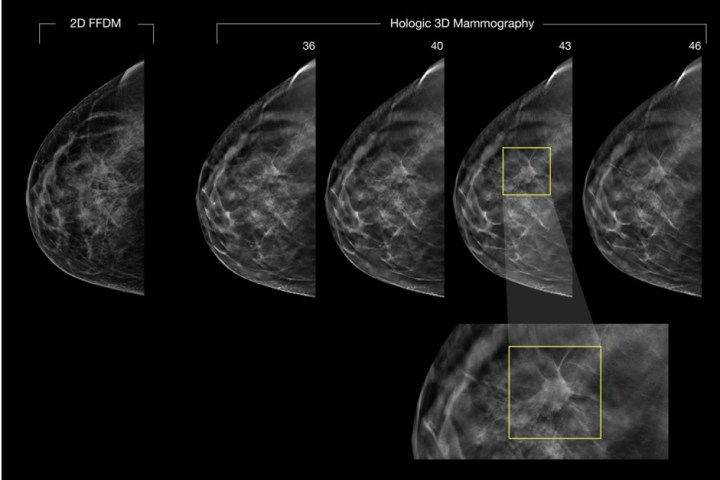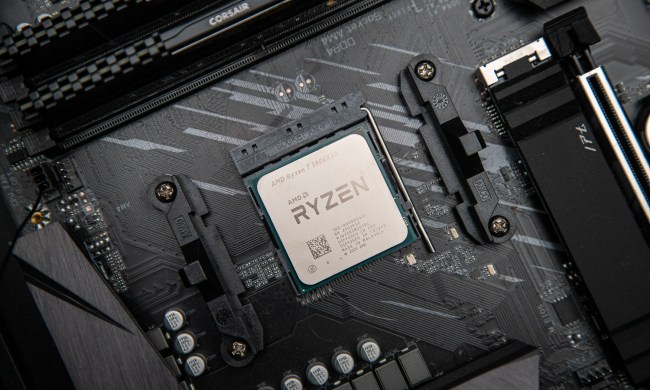
Hologic, a leading manufacturer of tomosynthesis units, cites a report for the healthcare research firm KLAS on their website, finding that “65% of the providers surveyed by KLAS planned to invest in breast tomosynthesis technology during the next two years, up from 57% in 2014. The study notes that many respondents who said they did not intend to purchase had already upgraded to tomosynthesis.”
3D mammograms are performed at the same time as the 2D. Sara Friedwald, medical director of the Lynn Sage Comprehensive Breast Cancer Center in Chicago, provided a simple description to the Detroit Free Press. “A 2D mammogram is like looking at a closed book, and you just see the front cover. With the 3D mammogram, we can page through the breast and see what’s inside.” She goes on to say that the new technology has been shown to improve the detection of invasive breast cancers.
“The advantage and impact of 3D mammography over 2D is that we detect 40 percent more invasive killer cancers and decrease the false alarms by 15 percent,” said Mary Hayes, M.D., Chief of Breast Imaging at the Memorial Healthcare System, in an interview with Ivanhoe.
3D mammogram machines can cost $500,000 or more; twice the price of the 2D machines. This may cause issues with insurance, but with Medicare coverage and more major carriers providing coverage for the procedure, it is already clear that more women will be screened under this latest technology.



